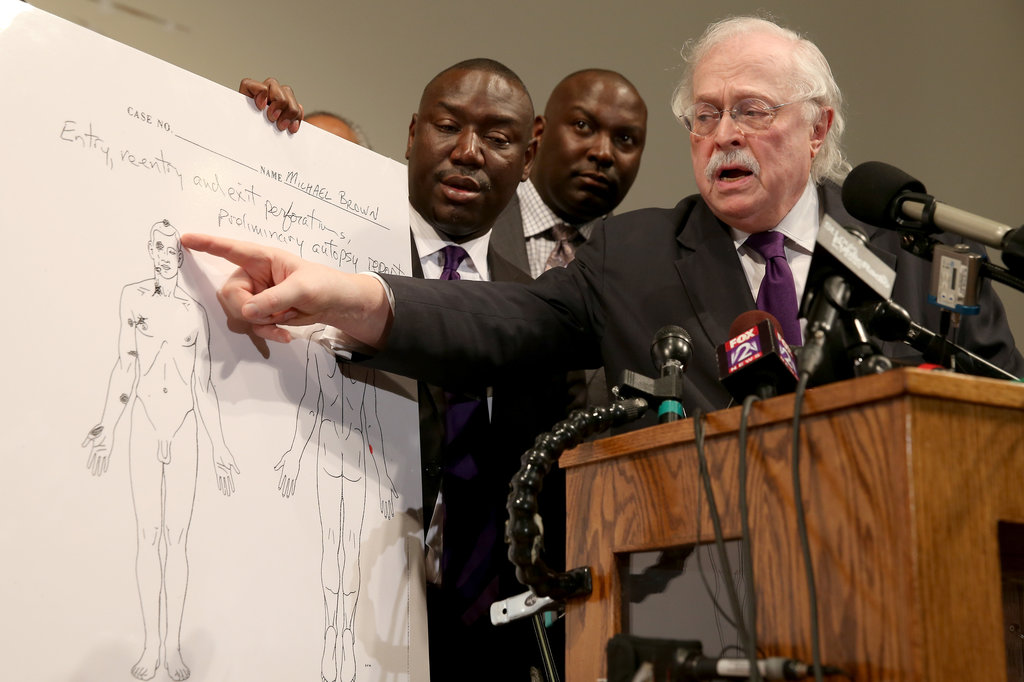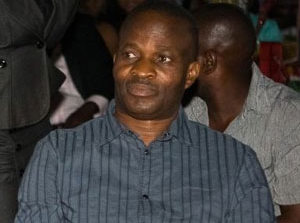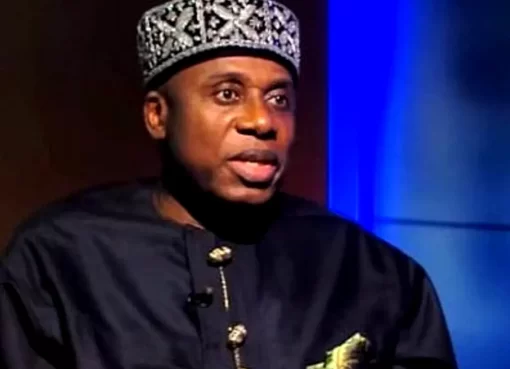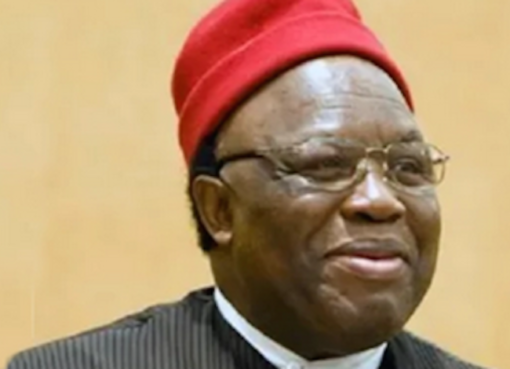FERGUSON, Mo. — Gov. Jay Nixon lifted a curfew in this embattled city on Monday, hours after deploying the Missouri National Guard, as officials struggle to control unrest that has paralyzed the community since an unarmed black teenager was killed by a white police officer
The role of the National Guard will be limited, Mr. Nixon said in a statement. Troops will protect the police command center here, which the authorities said came under a coordinated attack on Sunday night.
“With these additional resources in place,” Mr. Nixon said, “the Missouri State Highway Patrol and local law enforcement will continue to respond appropriately to incidents of lawlessness and violence, and protect the civil rights of all peaceful citizens to make their voices heard.”
The authorities have been stymied in their efforts to quell the unrest in the street caused by the death of the teenager, Michael Brown, on Aug. 9. Mr. Nixon turned to the State Highway Patrol to oversee crowd control on Thursday after local officials were criticized for heavy-handed tactics that included the use of tear gas and military-style vehicles. The state’s less confrontational approach seemed to calm the crowds for one night, but tensions between the police and protesters have since surpassed levels seen earlier.
In Washington, President Obama said that Attorney General Eric H. Holder Jr. would go to Ferguson on Wednesday to meet with officials there. The president chastised the small number of protesters who were undermining efforts to find justice.
Mr. Obama said that he had talked to Governor Nixon about the role of the National Guard, adding that “I’ll be watching over the next several days to assess whether it’s helping rather than hindering.”
On the street, law enforcement officials indicated Monday that they would take a different tack with protesters. People will not be allowed to congregate on the major thoroughfare that has been the center of the protests. They could walk, officials said, but not be stationary.
At midmorning on Monday, about a dozen county and state police officers told a small group that it could not gather at the QuikTrip convenience store that had been burned last week during protests over the death of Mr. Brown, 18.
People could walk up and down the street to protest, the officers told the group, which included the Rev. Jesse L. Jackson, but they could not stand in one place.
“We’re not doing any more static protesting,” one state trooper said.
“Here’s the biggest reason we’re asking people to move,” another trooper said. “So we can take care of it before it gets to that stage,” he said, referring to the violent clashes of previous nights.
The move was met with angry protests from those assembled, who stayed but milled around a bit. “In its most generous way, it’s alienation,” Mr. Jackson said. “That will just compound the problem.”
Schools in the area were kept closed on Monday.
On Sunday night, hours before the start of the second night of a mandatory curfew that Mr. Nixon had ordered on Saturday, police officers came under assault from gunfire and firebombs and responded with their largest show of force so far.
Using a barrage of tear gas and smoke canisters, and firing rubber bullets and deploying hundreds of officers in riot gear to sweep the streets of protesters, the law enforcement officials had the situation largely under control by the time the curfew began at midnight.
Protesters said that the police acted without provocation. But at a news conference about an hour into the curfew, Capt. Ronald S. Johnson, the Missouri State Highway Patrol officer brought in by the governor to take over security here, blamed “premeditated criminal acts” that were intended to provoke the police.
“We had to act to protect lives and property,” he said.
Captain Johnson said that some demonstrators throughout Ferguson had opened fire on the police, hurled firebombs and looted and vandalized businesses.
It appeared that an attempted attack by some protesters on the shopping center the police have used as a command center prompted the most severe response from the authorities.
Captain Johnson said that at 8:56 p.m., hundreds of protesters had descended upon the area of the command post. Soon, he said, “multiple Molotov cocktails were thrown at police.” The police responded with tear gas.
The captain said that after that episode, the police had received reports that a McDonald’s restaurant had been seized by the demonstrators. Meanwhile, police officers were being targeted with bottles, Captain Johnson told reporters.
“Based on these conditions, I had no alternative but to elevate the level of our response,” he said.
A spokesman for the Highway Patrol said the authorities had made seven or eight arrests, and Captain Johnson said he believed three people – none of them police officers – had been injured in the outbreak of violence.
The violence occurred along West Florissant Avenue, one of the city’s main streets, near an area that the police had partitioned for the news media, and within two blocks of where Mr. Brown was killed.
After the initial barrage of tear gas, the police formed into ranks and moved down the street, pushing the protesters from the area.
Scattered clashes and violence had flared early Sunday morning during the first hours of the curfew, which began at midnight and continued until 5 a.m. But the trouble Sunday evening was in sharp contrast to the mood of the rest of the day. At churches across the area, ministers, the police and civil rights figures joined parishioners in trying to tamp down the anger that has followed the death of Mr. Brown.
In a packed sanctuary at Greater Grace Church, not far from the site of evening demonstrations, Captain Johnson, who grew up in the area, spoke with the cadence of a preacher as he apologized to the family of the teenager. “My heart goes out to you, and I say that I’m sorry,” Captain Johnson said. “I wear this uniform, and I should stand up here and say that I’m sorry.”
Before a mostly black audience, Captain Johnson, who is African-American, spoke of his own “black son, who wears his pants saggy, wears his hat cocked to the side and has tattoos on his arms.” He added, “That’s my baby.”
“Michael’s going to make it better for our sons so they can be better black men,” he said, predicting that the treatment of black youths here would change. “We need to pray. We need to thank Michael for his life. And we need to thank him for the change that he is going to make.”
Time and again, he won applause. But in a vivid display of the challenges faced by the authorities in this tumultuous city of 21,000 that has become the center of a national debate about race and policing, a large crowd outside continued to protest Mr. Brown’s death. The shooting of the teenager by a white officer, Darren Wilson, is the subject of inquiries by the Federal Bureau of Investigation and the St. Louis County police.
Source: NYtimes







